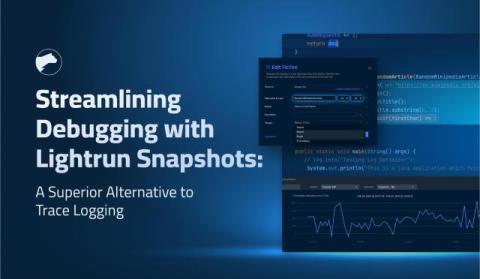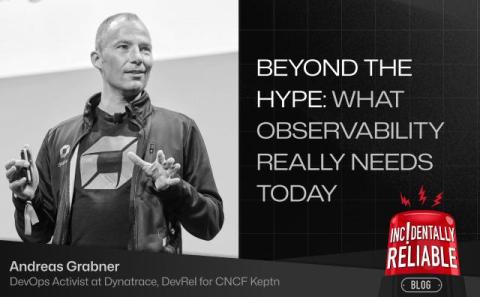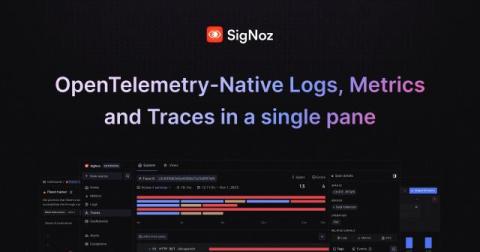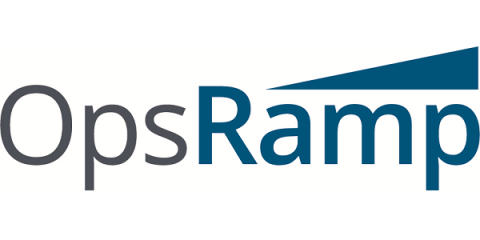Destroy on Friday: The Big Day A Chaos Engineering Experiment - Part 2
In my last blog post, I explained why we decided to destroy one third of our infrastructure in production just to see what would happen. This is part two, where I go over the big day. How did our chaos engineering experiment go? Find out below!











